As I am truly inspired by India and its culture, my previous blogs shows that J , today thought of writing on the various dance forms of Indians classical dance. Unlike other unique things that India holds, the classical dance of India as well shows its unique existence. From expression to attire, it proves to be outstanding in its own way.
Dance is considered to be a sacred form of worshiping god. It brings happiness as well as inner peace. I am going to mention few famous dance forms which are known and learnt throughout India. There are eight principal classical dance forms originated from India.
BHARAT NATYAM: Bha – Bhavam which means expression, Ra – Ragam means music, Ta – Talam means rhythm, and Natyam means dance. All these words combined together give the meaning of bharat natyam. Bharat Natyam came into existence from the southern part of India, Tamil Nadu. The inspiration came from the sculptures of the ancient temple of Chidambaram. Bharat Natyam is don’t on Carnatic Music.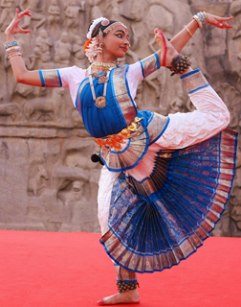
KATHAK: The name Kathak derived from the Sanskrit word “Katha” which means Story. And Kathak in Sanskrit means denoting someone who tells the story. During ancient times, the professional story tellers use to tell stories with some element of dance in it. This form came into existence from Uttar Pradesh, India. The style used in Kathak has very few elements found in Natya Shastra.
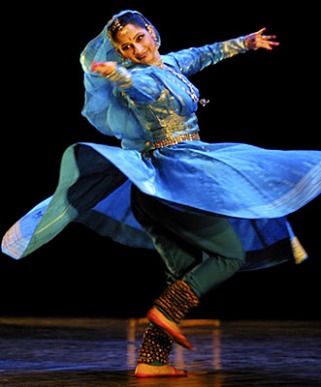
KATHAKALI: This dance form is well known for its costume, attractive makeup, well known body movements. It originated in the state of Kerala during 17th century. It is done with contemporary music. It is traditionally believed that Kathakali emerged from the life activities of Lord Krishna.
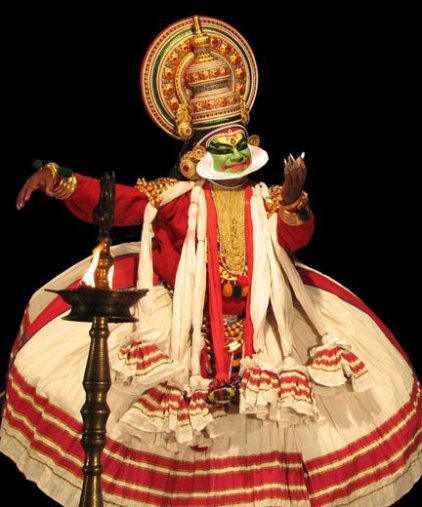
KUCHIPUDI: Kuchipudi is a dance form originated from Andra Pradesh, India. The dance is performed on typical carnatic music. Kuchipudi is a name of village in Krishna district near Bay of Bengal. It is where this form acquired its name from.
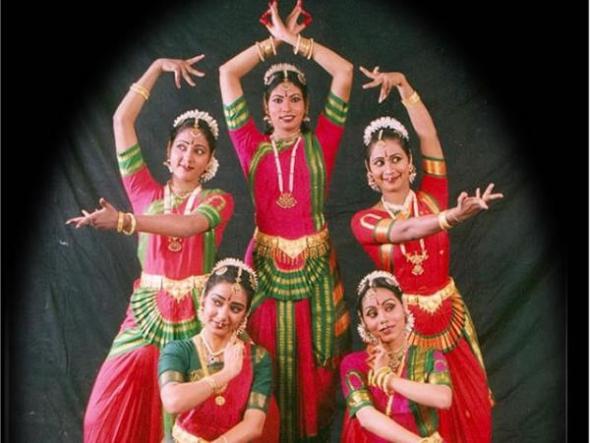
MANIPURI: This dance form originated from Manipur, north eastern India. Manipur is surrounded by mountains and geographically isolated from the mainland of India because of which it has its own values and ethics. The dance of Lord Krishna and Radha is responsible for the main formation of this form of dance. This dance form is purely religious and spiritual. This dance form is considered to be the most meaningful dance form in the world.
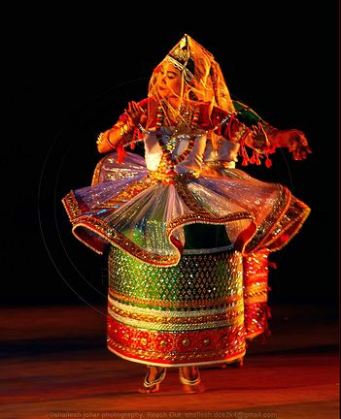
ODISSI: It originated from the state of Odisha, Eastern India. This dance form takes place with the break into three parts. The three parts include the independent movement of head, chest and Pelvis. This is what makes this form unique from all the other forms of dance.
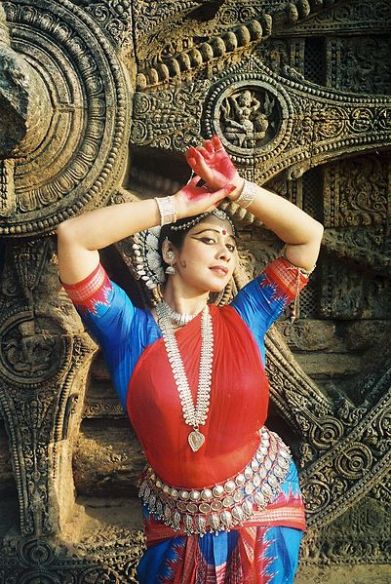
SATTRIYA: This dance form was founded by Vaishnavism in Assam, the great saint in 15th century. This dance form is generally a way to present mythological teachings to people. Traditionally this dance form was performed only by males but today it is performed by both male and female.
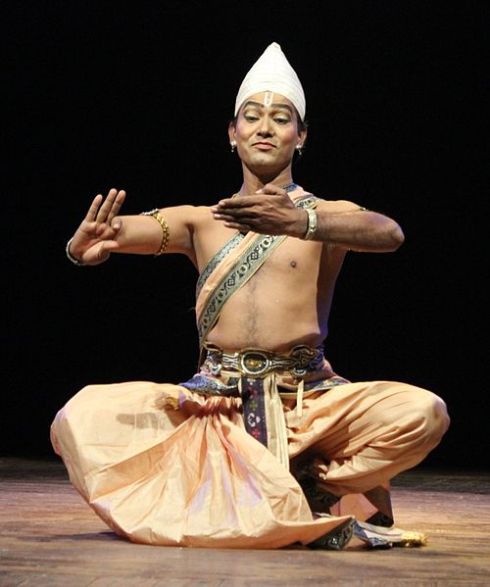
MOHINIYATTAM: Mohiniyattam is a classical dance form originated from Kerala, Indi during 16th century. It is performed solely by women. The meaning of the word Mohiniyattam means “Dance of the enchantress”. The main theme of the dance is love and devotion to God .This dance form is devoted to Lord Vishnu who kept the form of Mohini to save Lord Shiva from Demon.
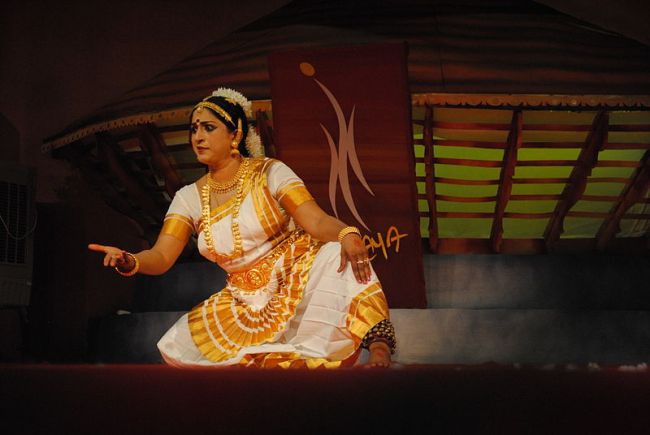
Inspired by India and its culture??? Log on to www.indianity.com .
No comments:
Post a Comment